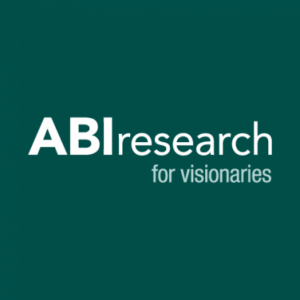ABI Research forecasts global wearable device shipments to increase from nearly 202 million in 2016 to more than 501 million by 2021. While roughly 17% of these will be attributed to enterprise end users in 2016, a 35% CAGR puts the segment on track to nearly double its shipment totals by the end of the forecast period.
“Wearables in the workforce are becoming more prominent, as they give workers immediate, direct access to important information, such as profiling health care records on a smart glass display,” says Stephanie Lawrence, Research Analyst at ABI Research. “This hands-free approach saves time, allowing staff to become more efficient and, ultimately, saving companies money.”
Enterprises in education, government, healthcare, manufacturing, retail, transportation, and warehousing are incorporating wearable devices into the workforce. ABI Research predicts that the warehouse and manufacturing and field services will represent the most tangible near-term opportunity for enterprise wearable shipments.
“Manufacturing is all about yield, output, and processed optimization, yet roughly 80% of manufacturing failures and defects are due to human error,” continues Ryan Martin, Senior Analyst at ABI Research. “Even the simplest of AR applications can reduce technician task completion times and decrease human errors, as evidenced by Lee Company’s pilot project with smart glasses company Vuzix, which continues to see a $20 return for every dollar invested in the program.”
Wearables can also help minimize unplanned downtime in the workforce, but the type of wearable to be most readily adopted into the enterprise world remains dependent upon the specific industry or use case to which it caters. Smart glasses and Heads Up Displays, or HUDs, for example, will drive enterprise wearable technology as the convergence of IT and operational technology (OT) becomes more pervasive. Warehouse and manufacturing verticals, one of the more attractive first forays for wearables, will receive 34% of smart glass and wearable scanner shipments.
“Companies like Accenture, APX Labs, Atheer, Epson, Microsoft, PTC, SAP, and Vuzix have already started to place their bets on smart glasses, head-mounted displays, and AR-driven digital eyewear as the dominant vehicle for time to value,” concludes Martin. “While watches, clothing, and other wearable tech will also weave its way into the enterprise workflow, companies will be hard pressed to find an app or use case that supersedes hands-free, heads-up access to information at the time and place work is actually performed.”
These findings are from ABI Research’s Wearable Device Market Share and Forecasts (https://www.abiresearch.com/market-research/product/1024774-wearable-device-market-share-and-forecasts/). This market data is part of the Enterprise IT & OT Convergence (https://www.abiresearch.com/market-research/practice/future-enterprise-it-and-ot-convergence/ ), Transformative Technology (https://www.abiresearch.com/market-research/practice/transformative-technology/), and Wearables & Devices (https://www.abiresearch.com/market-research/practice/wearables-devices/) sectors, which include research, data, and analyst insights.

